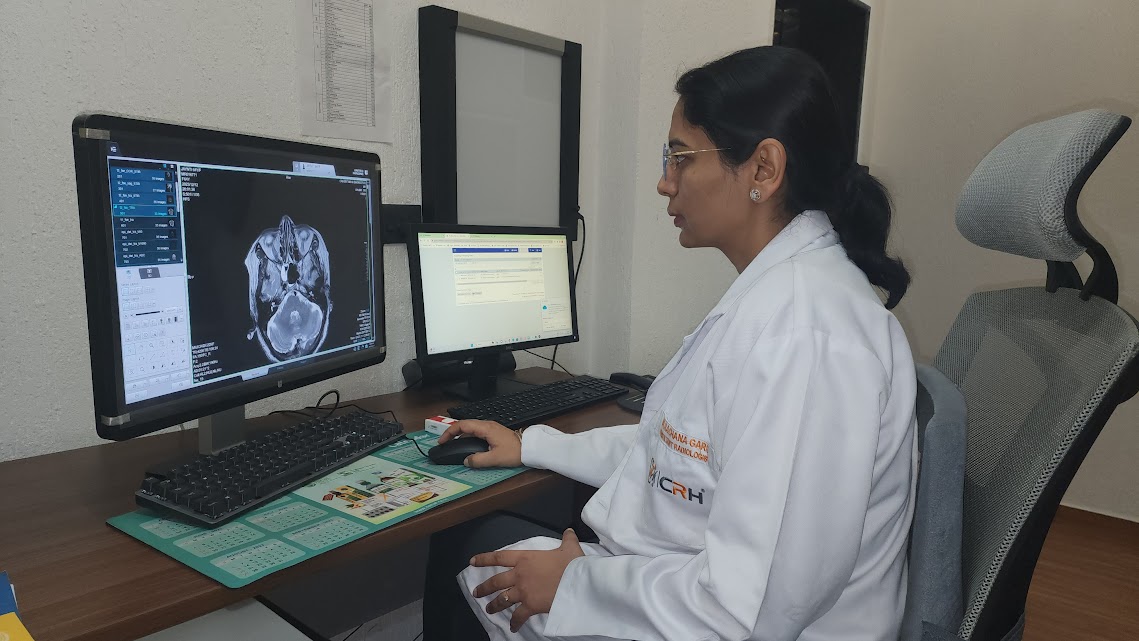-
ENT
- - Ear Nose Throat Consultation
- - Head Neck Cancer Surgery
- - Thyroid Disorders & Thyroid Surgery
- - Cochlear Implant Surgery
- - Allergy Testing
- - Vertigo Evaluation & Treatment
- - Hearing Testing
- - Hearing Aid Fitting
- - Microscopic Ear Surgery
- - Endoscopic Sinus Surgery
- - Advanced Endoscopic Skull Base Surgery
- - Surgery Of Nasal Septum, Turbinates



- MRI
- DIAGNOSTICS
- - Ear Nose Throat Consultation
- - Head Neck Cancer Surgery
- - Thyroid Disorders & Thyroid Surgery
- - Cochlear Implant Surgery
- - Allergy Testing
- - Vertigo Evaluation & Treatment
- - Hearing Testing
- - Hearing Aid Fitting
- - Microscopic Ear Surgery
- - Endoscopic Sinus Surgery
- - Advanced Endoscopic Skull Base Surgery
- - Surgery Of Nasal Septum, Turbinates
- - Cosmetic Nasal Surgery (Rhinoplasty)
- - Coblation Surgery Of Adenoids And Tonsils
- - Diagnosis & Surgery For Snoring & Obstructive Sleep Apnea
- - Voice Disorders
- - Voice Surgery
- - Speech Therapy
NH 35, Sector PHI-3, Near Honda Chowk & Prateek Residency, Greater Noida, U.P. 201308, India
Call: +91-9555 6640 40
Email: info@crhemd.com
graphotive | Brand Consultant
Blog

- June 14, 2025 by Admin
Safety of ultrasound in pregnancy
The use of ultrasound imaging to examine internal organs is a very safe procedure. The ultrasonic test aids in the diagnosis of a wide range of medical disorders and physical flaws in the human body. Nevertheless, it is mostly utilized during pregnancy to check the health of the developing fetus. Ultrasonography is a painless, cost-effective, and simple procedure that may be used throughout pregnancy.
On a computer screen, ultrasound imaging recreates a picture of interior organs using sound waves. Unlike ionizing radiations such as X-rays, the high-frequency sound waves employed do not hurt the body. The value of ultrasound imaging has risen due to new and numerous advances in the method, providing a lot more information. Take a look at the infographic below to learn all you need to know about safety ultrasonography.
What Is the Purpose of Prenatal Ultrasounds?
were originally reserved for high-risk pregnancies, but they've grown so popular that they're now routinely included in prenatal care. Sound waves are bounced off the baby's bones and tissues during an ultrasound to create a picture of the baby's form and position in the uterus. An ultrasound, also known as a sonogram, sonograph, echogram, or ultrasonogram, is used to:
- Verify the estimated delivery date.
- identify pregnancy outside of the uterus (Ectopic Pregnancy).
- Check to check whether there is more than one fetus.
- Check to determine if the fetus is developing normally.
- Keep track of fetal heartbeats and breathing movements.
- Examine the uterus for the presence of amniotic fluid.
- In late pregnancy, assess the location of the placenta (which can occasionally obstruct the baby's exit from the uterus).
- Assist physicians with further procedures, such as amniocentesis.
- Look for structural flaws that might suggest Down syndrome, spina bifida, or anencephaly.
- Other issues to look for include congenital heart anomalies, cleft lip or palate, and gastrointestinal or renal issues.
Is ultrasound safe during pregnancy ?
Several studies have shown no indication that ultrasounds damage a growing baby. There is no use of radiation or x-rays in the tests. Furthermore, no correlations have been discovered between ultrasonography and birth abnormalities, childhood cancer, or later-life developmental difficulties. Nevertheless, when ultrasound is utilized incorrectly, there is a chance that certain negative repercussions will occur. Make certain that the use of ultrasonography is done professionally and in a restricted amount. There is no clear answer, but despite the extremely low risk of complications, most specialists think that medically essential ultrasounds are safe.
Is there a variety of ultrasound?
Ultrasound transabdominal:
An examination of the organs of the abdomen. The skin of the abdomen is forcefully pushed against an ultrasound transducer. High-energy sound pulses from the transducers bounce against tissues, creating echoes. The echoes are sent to a computer, which generates an image known as a sonogram. Also known as abdominal ultrasonography.
Transvaginal ultrasound:
This ultrasound is performed via the vaginal canal. Your provider inserts a small transducer in the shape of a wand into your vagina. The transducer may apply pressure to your skin, but it does not cause pain. Your bladder should be empty or only somewhat filled. This type of ultrasonography takes 20 minutes as well.
Ultrasound Doppler:
The ultrasound doppler is done to assess the development of the baby inside the womb. A transducer is used by your provider to listen to your baby's heartbeat and monitor blood flow in the umbilical cord and some of your baby's blood vessels. If you have Rh disease, you may also be given a Doppler ultrasound.
3D ultrasound:
It creates a three-dimensional picture that is nearly photographic in clarity. Some doctors utilize this type of ultrasound to ensure that your baby's organs are growing and developing normally. It can help detect facial anomalies in babies. A 3-D ultrasound may be used to screen for uterine abnormalities.
Ultrasound in 4D:
This is comparable to a 3-D ultrasound in that it contains footage of your baby's activities.
← Back to Blogs







